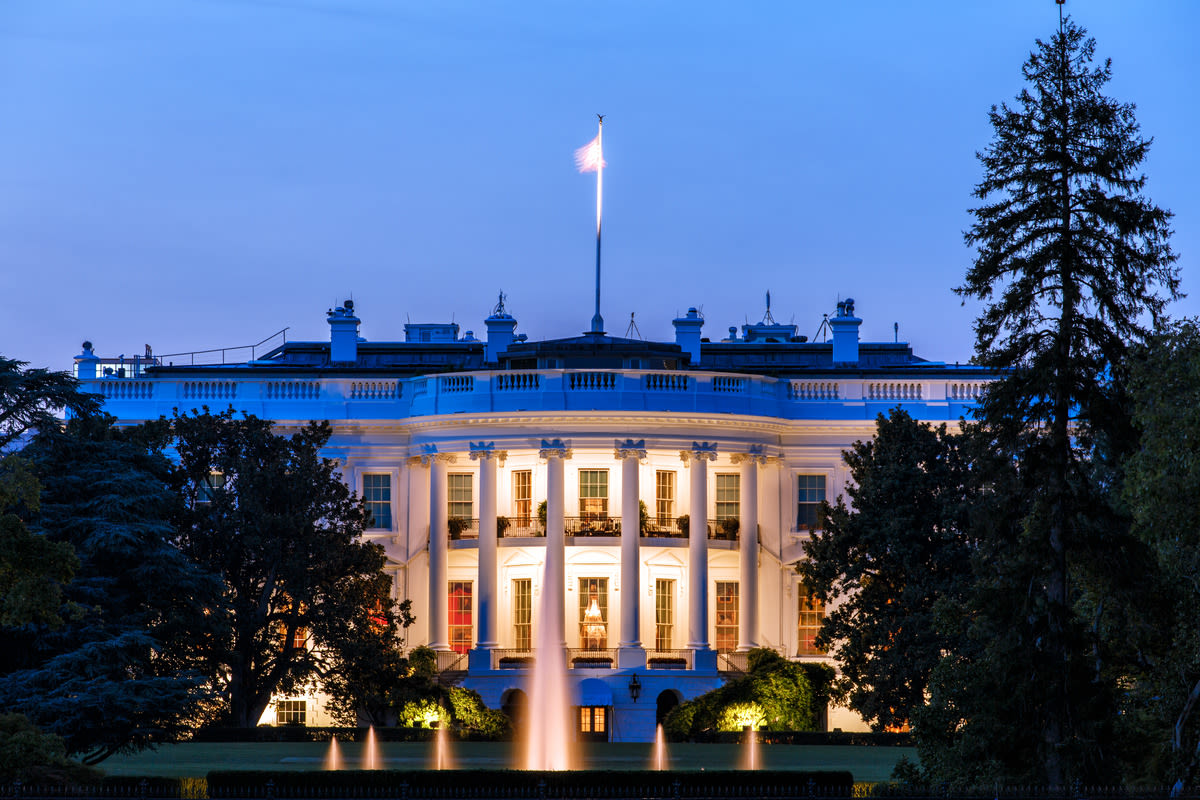
August 15, 2025
When Is Peak Season 2025? Important Dates to Know
Tags:
When Is Peak Season 2025? Important Dates to Know

August 15, 2025
When Is Peak Season 2025? Important Dates to Know
For most ecommerce businesses, the final weeks of the year are the busiest and most crucial for the success of their online stores. Peak Season, a period characterized by high consumer shopping demand and a flurry of product promotions, typically begins between August and September, and continues through the December holidays.
With a timeline that spans nearly a third of the year, how do merchants and ecommerce business owners stay ahead of critical consumer shopping dates?
Here, we’ll provide merchants with a comprehensive list of important shopping dates you need to know for Peak Season in 2025. This information can help your online business adequately plan inventory levels, map out product promotions, and refine supply chain processes to meet peak consumer demand and improve your bottom line.
An Overview of Peak Season 2025
Most Peak Season shopping and promotional events are purposefully oriented around major gift-giving holidays throughout the calendar year. The December holidays, Valentine’s Day, Mother’s Day, and Father’s Day are well-established and extremely lucrative shopping events that are heavily promoted across industries.
Other major shopping days, like Black Friday, Cyber Monday, Amazon Prime Day, Walmart Deals, and Target Circle Week, have emerged as the largest consumer shopping events of the year, with retailers offering huge discounts to accelerate sales with massive, high-intent audiences on major retailer websites.
It’s clear that tracking these days and mapping your supply chain operations around them every year can be a huge growth driver for ecommerce merchants. With this in mind, we outlined each of the major shopping events for 2025, and what you can expect.
Amazon Prime Day: July 8-11
Prime Day is a major shopping event hosted annually by retail giant Amazon. Throughout this annual sales blockbuster, online shoppers receive massive discounts on millions of products sold through Amazon’s platform. This presents ecommerce merchants with a massive opportunity to reach a captive audience of millions of prospective customers with high purchase intent. In fact, Prime Day 2024 was a record-breaking year, with over $14.2 billion in sales over 48 hours—an 11% increase from the year prior.
Top product categories for Amazon shoppers during Peak Season 2024 included:
- Home and kitchen goods
- Electronics
- Health and personal care
- Clothing and apparel
- Beauty
- DIY and tools
- Sports equipment
Walmart Deals: July 8-13
In July of 2024, Walmart announced that it would launch its first-ever “Walmart Deals” sales event to directly compete with Amazon’s Prime Day. The initiative marked Walmart’s largest deals event ever, offering customers steep discounts on electronics, home goods, toys, travel, and more, both in stores and online. As with Prime Day’s exclusivity to Prime members, “Deals” offered early access to Walmart+ members, providing them with access to reduced pricing across categories a full five hours before opening the event to the public.
Early results have been promising for the world’s largest retailer, with online visits to their marketplace increasing 17% compared to their Q2 average, and an average of 1.37 million items sold online per hour during the 2024 Deals event.
Walmart’s 2025 Deals initiative was an expanded five-day sales event, an effort to draw even more sales from their competitors over three additional shopping days.
Target Circle Week: July 6-12
Not to be outdone, Target also announced that the 2025 iteration of “Circle Week” would occur the same week as Amazon’s Prime Day and Walmart’s Deals event. While Target has hosted multiple Circle Week sales throughout the year in the past, this year’s event directly competed with other major retailers in an effort to boost sales and undercut purchases from competitors—especially after sluggish sales numbers hampered the company’s growth in the first half of 2025.
The sale on hundreds of thousands of items was open to members of Target Circle, the retailer’s free rewards program. The exclusive deals were automatically applied at checkout, with new deals announced each day of the sale. Major discounts—as high as 40%—will apply across categories ranging from apparel to grocery, with offers for gift cards based on meeting spending thresholds. Top product categories will likely include back-to-school items, home decor, consumer electronics, and apparel items.
Back-to-School Season: Late August / Early September
As the school year kicks off for millions of students across the country, parents begin shopping for a wide array of products to set their children up for success—including stationery, school supplies, electronics, footwear, and apparel.
While the majority of back-to-school shopping typically takes place in physical stores, 2025 ecommerce trends indicate that retailers are focusing on omnichannel selling experiences to cater to both online and in-store shoppers, offering options like same-day pickup. With 70% of parents shopping both online and offline, creating seamless integration between the two experiences will be crucial.
Economic uncertainty is also driving parents to shop and make back-to-school purchases earlier, with 40% of consumers planning to shop earlier in 2025 to manage budgets and take advantage of summertime shopping deals. Merchants can meet consumer needs by inbounding inventory earlier.
Labor Day: September 1
Labor Day is typically defined by end-of-season sales for summer products, and kicks off the fall shopping season. During Labor Day sales events, consumers can expect discounts and promotions on items like patio furniture, grills, yard tools and gardening supplies, summer apparel, and select electronics.
Ecommerce merchants should view Labor Day as their final opportunity to off-load inventory on summer products, and maximize sales ahead of extremely competitive fall and winter shopping days. Brands should begin ramping up inventory and fulfillment services of their most popular items ahead of major shopping days towards the end of the year.
Black Friday and Cyber Monday (BFCM): November 28-December 1
What began as two distinct shopping events has since merged into one global phenomenon, kicking off the winter holiday shopping season. During this weekend-long event, consumers can find discounts and deals on nearly every category of product. Ecommerce businesses should be creating custom promotional offers for users, leveraging their historical data to help improve conversion across their online stores. Automating these offers should be top of mind, so you can use your resources to shore up your fulfillment services and returns processes. Make sure to begin planning for Peak Season earlier in the year so your supply chain can handle the influx of customers.
Ecommerce businesses should also be aware that cart abandonment could spike during this period due to the levels of competition in the marketplace. That means it’s crucial that your business is retargeting new visitors, and sending out special offers to loyal repeat customers.
Top product categories for Black Friday and Cyber Monday include:
- Electronics
- Appliances
- Apparel
- Sporting goods
- Toys
- Books
- Jewelry
To prepare your business for Black Friday and Cyber Monday shopping, you should be working with suppliers and manufacturers to have inventory in stock no later than November 7, 2025. Visit our Help Center for a comprehensive list of key Black Friday and Cyber Monday dates and deadlines across Flexport’s suite of services to have your inventory prepped, stocked, and ready for fulfillment.
Note: The shifting tariffs landscape will likely mean added cost pressures on imported goods, particularly in high-demand categories like electronics, appliances, and apparel. Ecommerce businesses should monitor trade and tariff policy developments closely, as even modest increases in duties could compress margins or force price adjustments during the highly competitive BFCM period. Early planning and strategic sourcing can help mitigate the impact of tariffs on both profitability and customer satisfaction. To estimate the impact of tariffs on your supply chain, visit Flexport’s Tariff Simulator.
Super Saturday and the Lead-up to the Winter Holidays: December 21-24
Also known as “Panic Saturday,” Super Saturday kicks off the final stretch of holiday shopping before the major winter holidays. During these days, consumers may be willing to spend more to meet tight deadlines ahead of the holiday.
Ecommerce businesses should be prepared to provide promotional offers and expedited shipping services so that gifts arrive on time for their customers. For many online retailers, this may require partnering with a trusted 3PL with established last-mile carrier relationships, a distributed network of warehouses, and predictive demand planning resources. The right partner can help merchants coordinate last-minute orders, and ensure their most popular products can be shipped and delivered within two to three days. If possible, merchants should take advantage of fast delivery speed promises, like Shop Promise and Flexport's Fast Tags, to drive sales and improve the customer experience.
To meet consumer demand for the December holidays, we recommend that all merchants have their inventory fully stocked and ready to ship to customers no later than November 21, 2025. Visit our Help Center for a comprehensive list of dates and deadlines across Flexport’s suite of services during the holiday season.
Boxing Day: December 26, 2025
Boxing Day is a public holiday in many English-speaking countries outside of the U.S., including the U.K., Canada, and Australia. While demand is not as high as it is the week before the Christmas holiday, many online retailers may view this as an opportunity to off-load Christmas inventory and manage returns and exchanges.
At this point, ecommerce merchants should shift their attention to ensuring a smooth returns and exchange process for customers. This is where a relationship with a 3PL can make a difference: 3PLs typically have an advanced shipping and fulfillment infrastructure that can take the strain off of merchants and their resources.
Flexport Returns, for example, works as your dedicated returns management partner, allowing for greater control of your returned inventory and can be managed all under one roof. By directly integrating with major returns partners—like Loop, ReturnGo, Narvar, and more—Flexport Returns can restock inventory within three business days. This eliminates manual returns inspections and tedious back-and-forth with buyers, saving your business time and money during Peak Season.
Ready to Get Started? Flexport Can Help.
At Flexport, we strive to provide merchants with the logistics support they need to tackle Peak Season. Our fulfillment experts can help you refine your shipping, tracking, and returns procedures, so you can focus on building a memorable brand experience that will drive sales and delight your customers.
Talk with a fulfillment expert today to learn more about Flexport’s competitive shipping and logistics services.
About the Author

August 15, 2025





